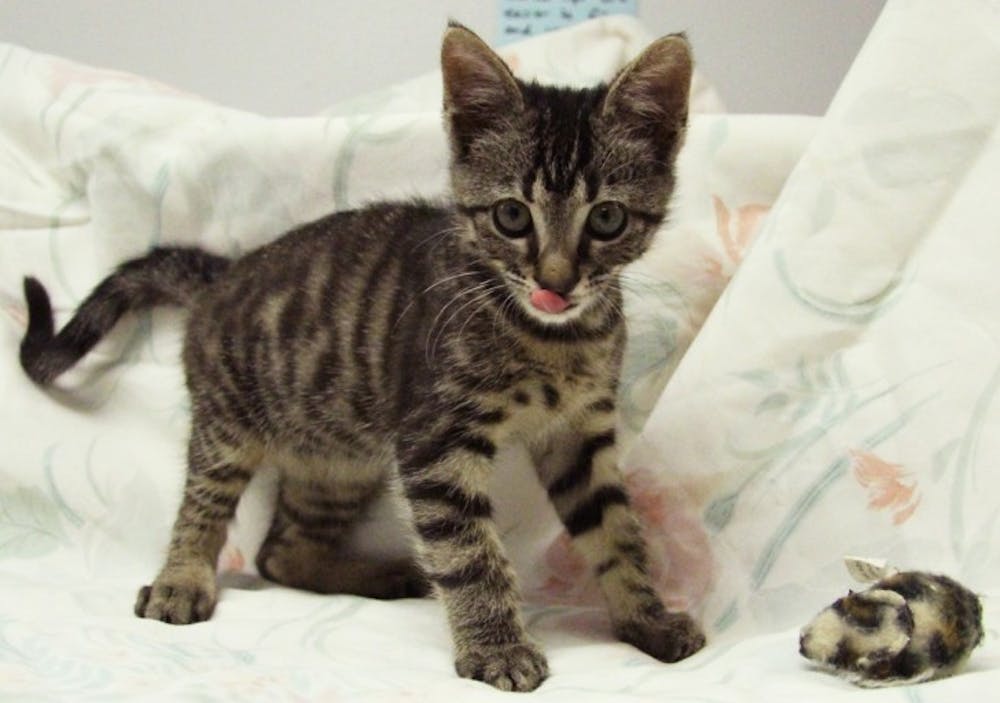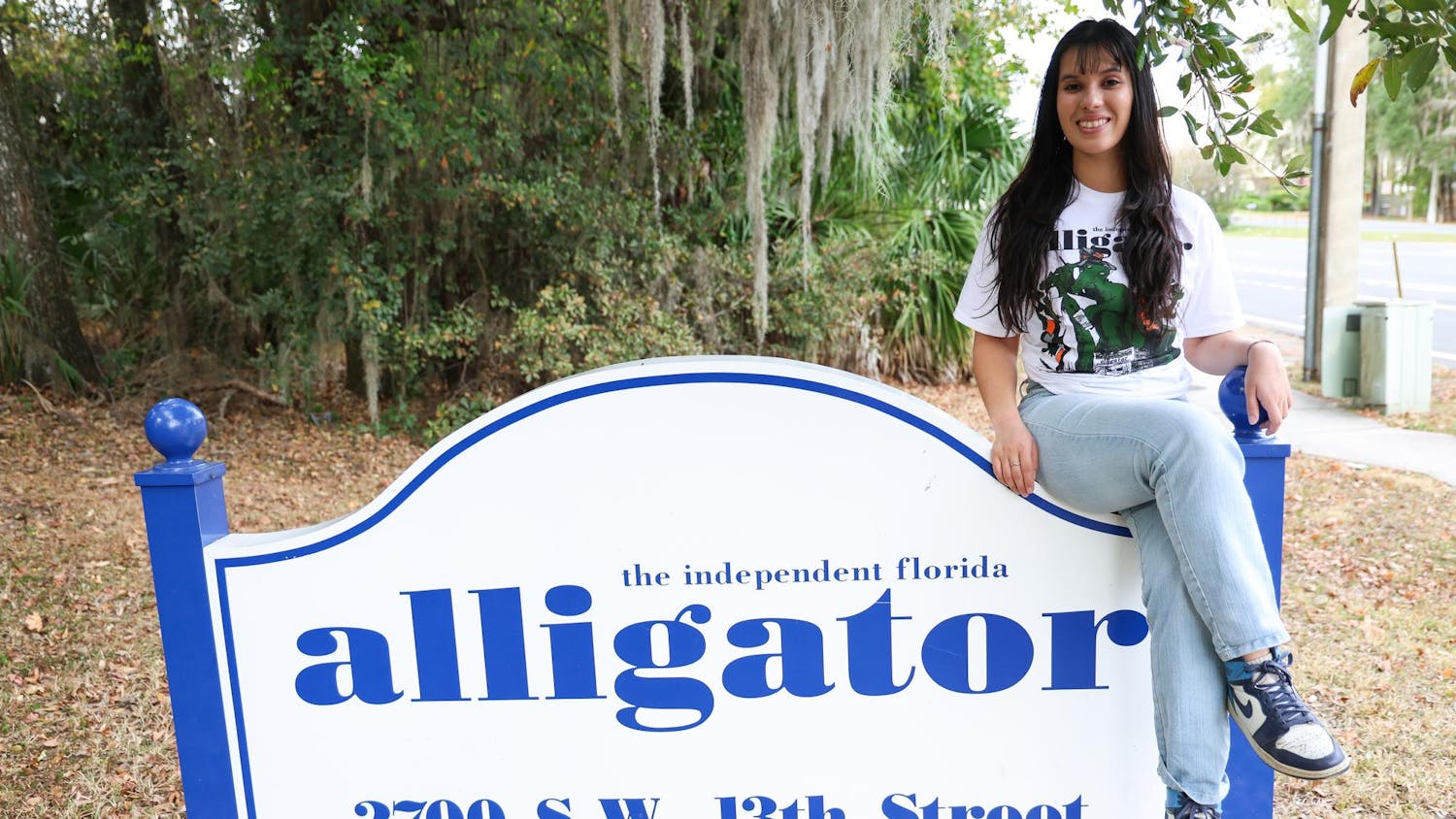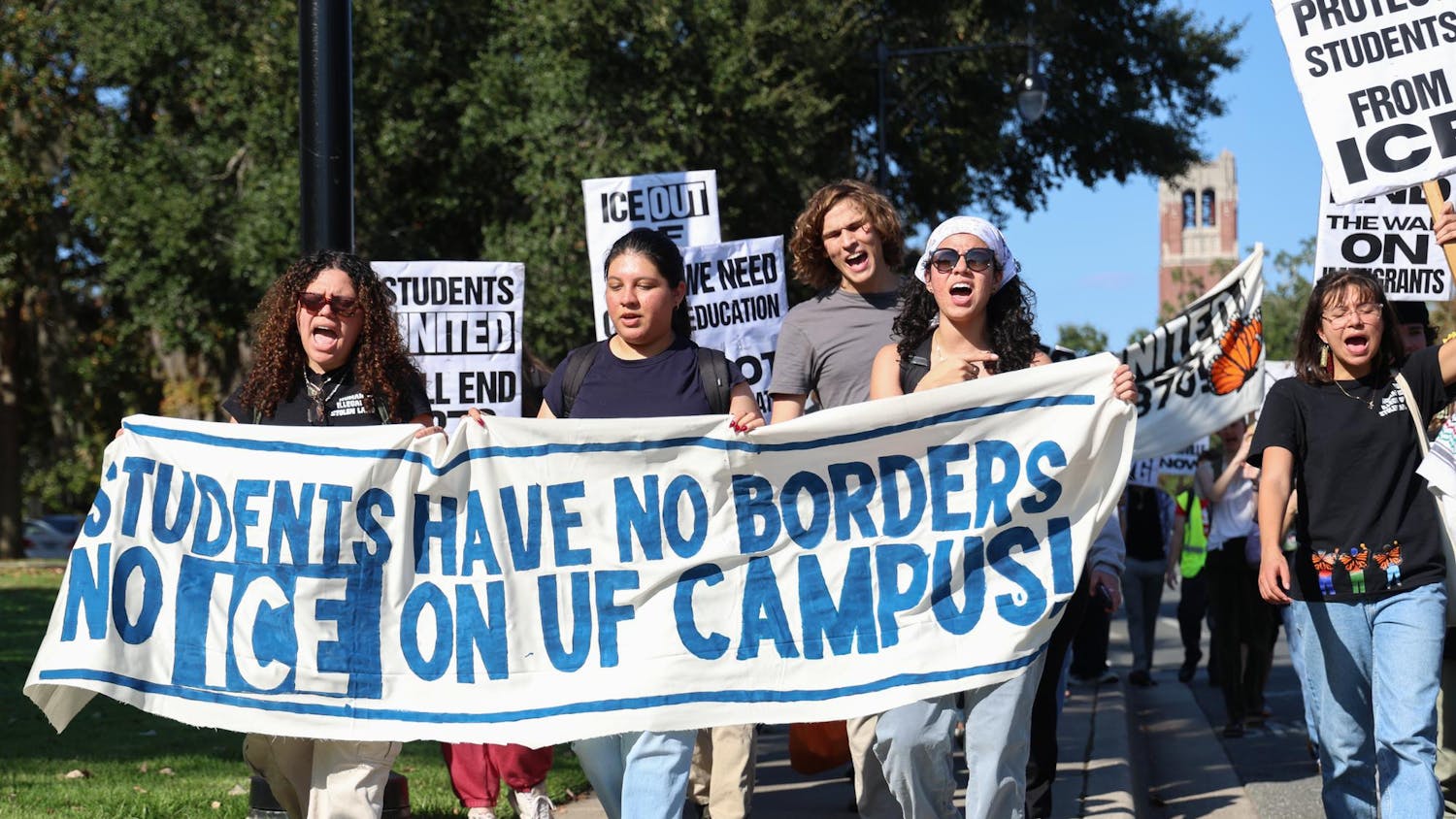Despite UF’s recent on-campus cat problem, experts say Alachua County is home to a normal amount of feral felines.
Recently, UF had an issue with feral cats roaming the business college. This influenced perception of the number of cats in Gainesville as a whole, said Shaye Olmstead, executive director of Operation Catnip, a nonprofit organization that traps, neuters and releases cats.
About 40,000 unowned cats in the county is consistent with other places of similar human population and climate, she said.
“We don’t have any statistically significant dumping happening in Alachua County as opposed to anywhere else,” she said.
While the cat population isn’t unique, more programs than ever that exist to manage feral cats, Olmstead said.
The UF College of Veterinary Medicine loans space to Operation Catnip, Olmstead said, and the organization has trained about 800 veterinary students how to trap, neuter and return cats.
Olmstead said some people blame college students for moving around and leaving pet cats behind, but the main issue is simpler than that.
“It’s just a result of generations of people not spaying and neutering their pets,” she said.
Operation Catnip sterilizes about 3,000 Alachua County cats each year, Olmstead said, and has conducted about 36,000 spays and neuters since it opened in 1990. Spaying and neutering of any Alachua County feline is free.
Many of the cats that Operation Catnip operates on come from Alachua County Animal Services. This month, animal services sent 99 cats to the organization, said Vernon Sawyer, interim director of Alachua County Animal Services. Approximately 41 of them were euthanized.
Throughout the last 10 years, cat intakes and cat euthanasia have decreased, Olmstead said, but she and Sawyer strongly recommend that Gainesville residents get their animals spayed and neutered to stabilize and reduce the feral feline population.
“It’s a humane way to control the population,” Olmstead said.
Emerson, a 2-month-old domestic shorthair tabby mix, plays with his mouse toy at the Alachua County Humane Society in 2012.






